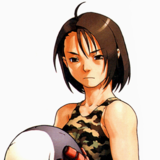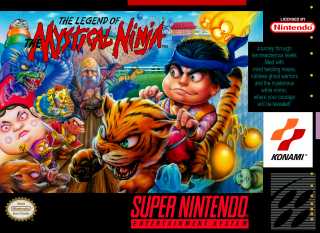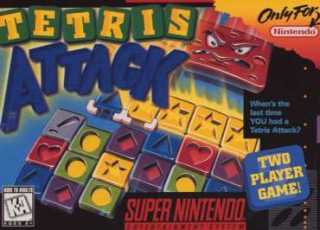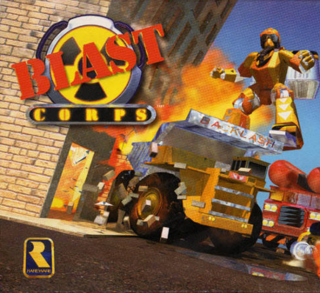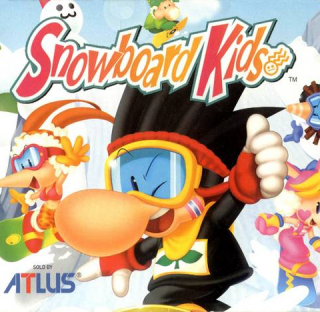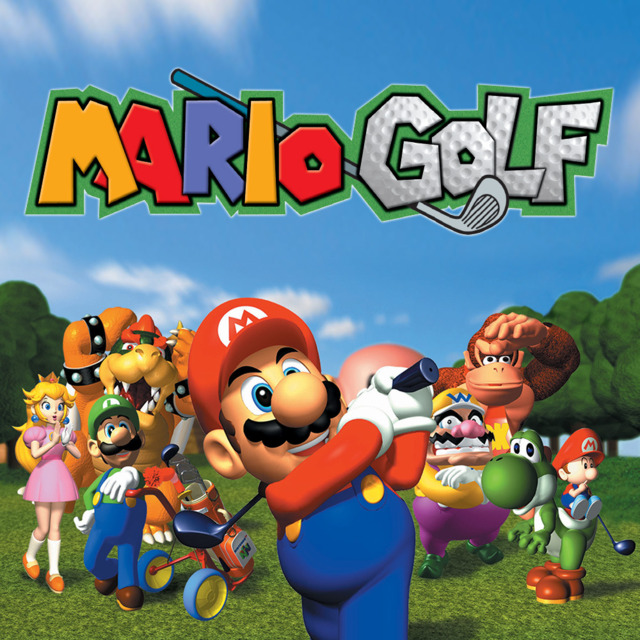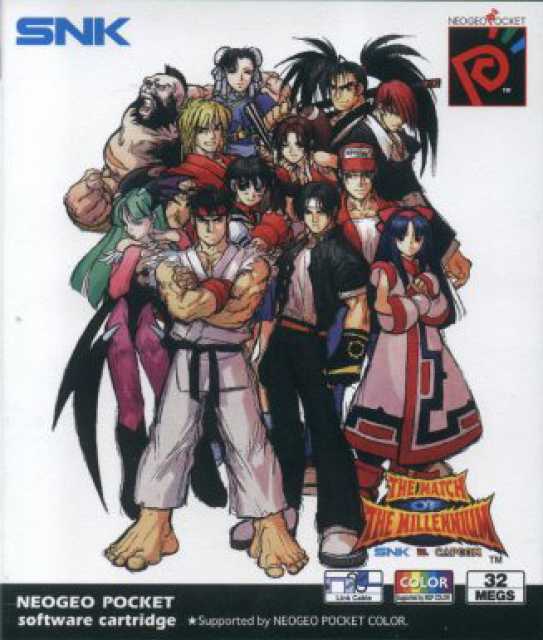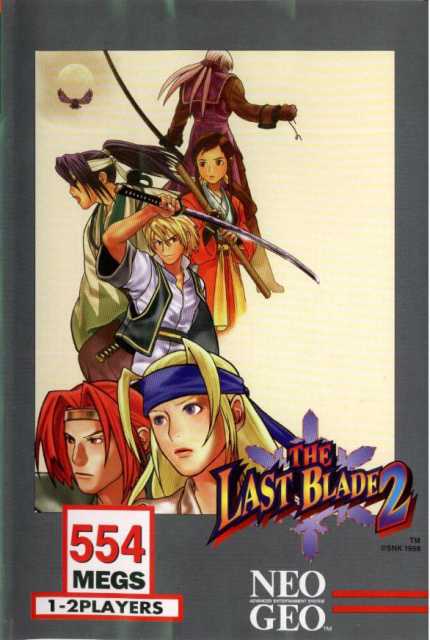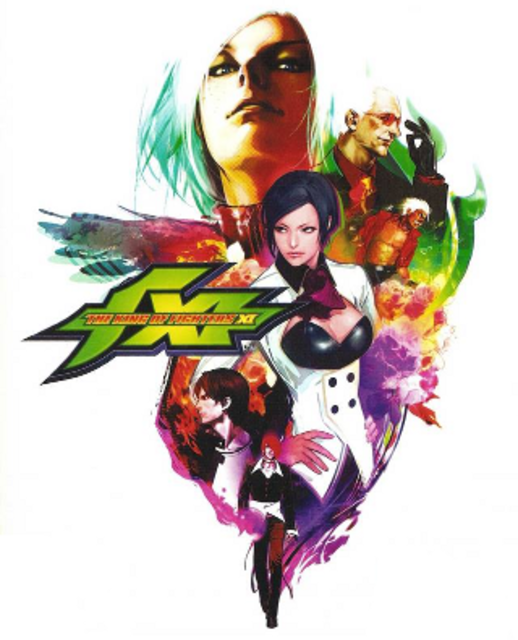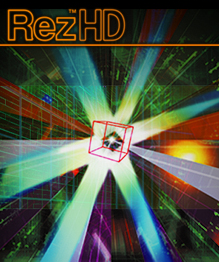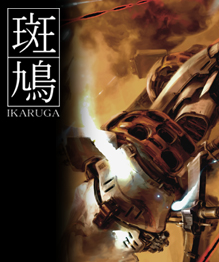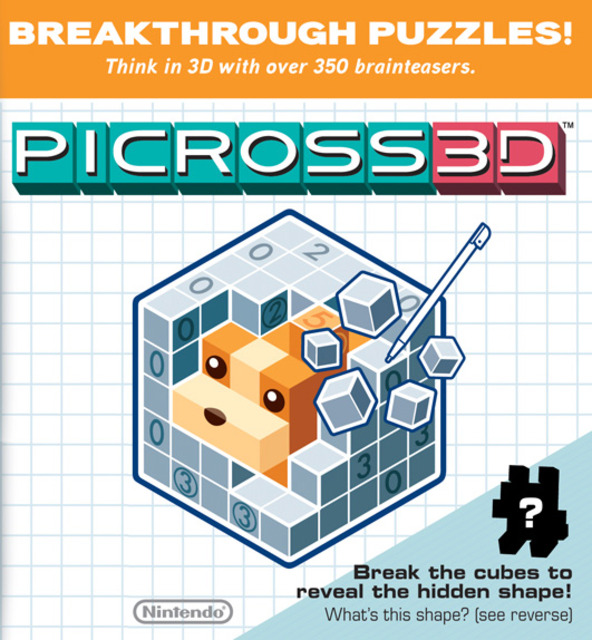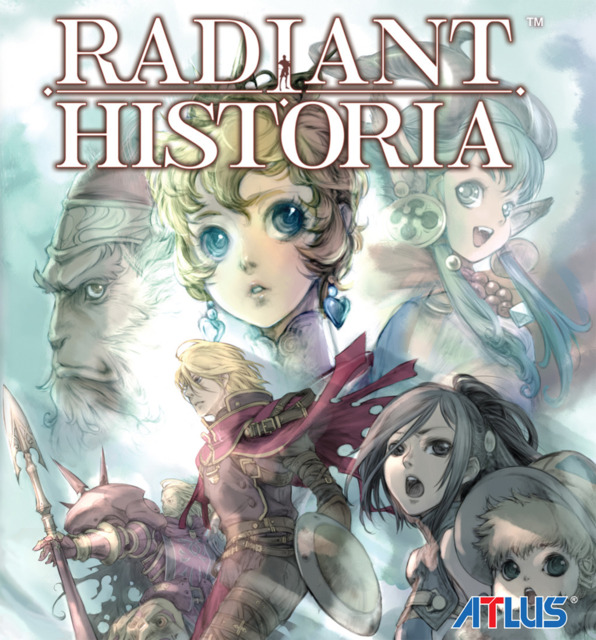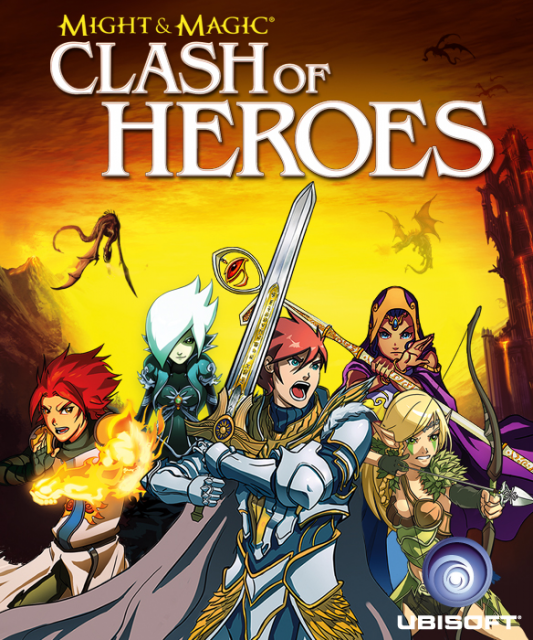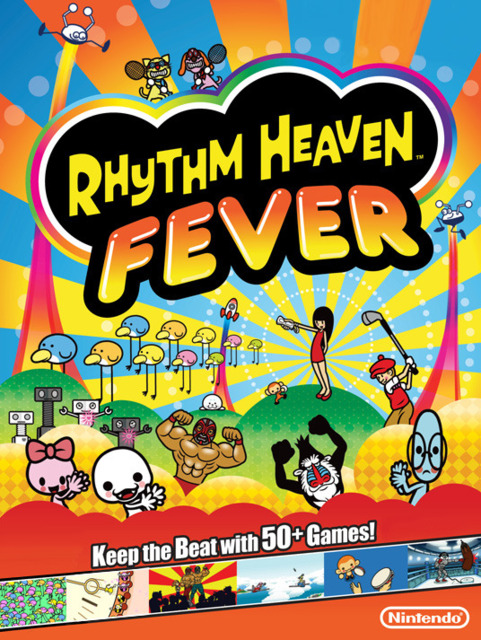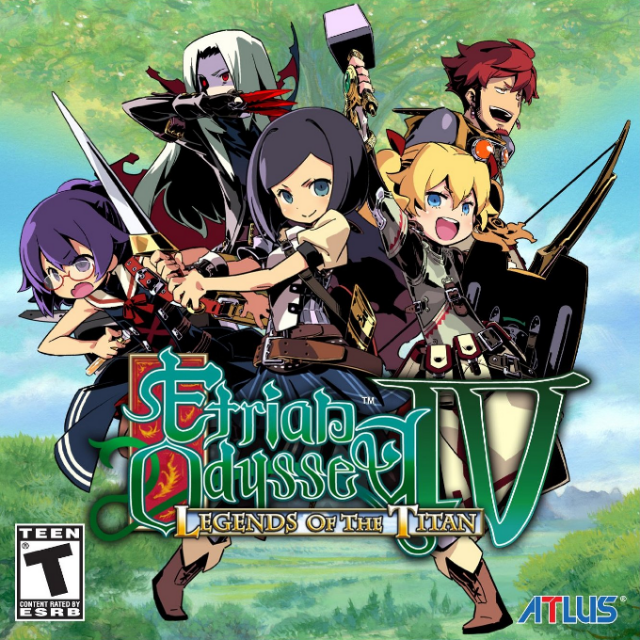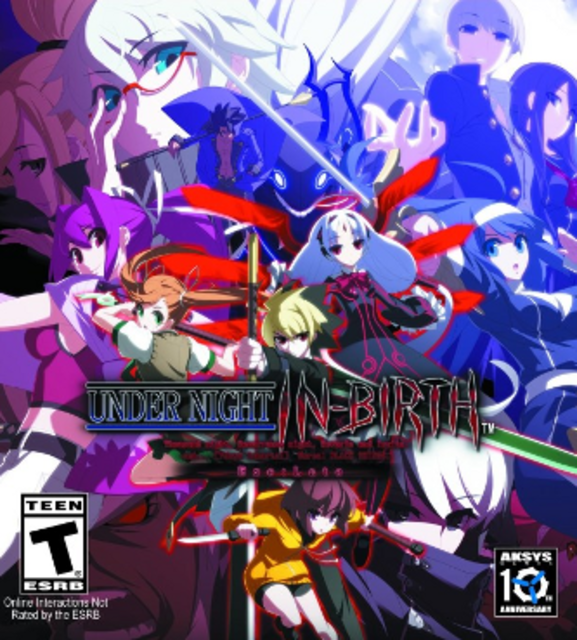[Sega Dreamcast, August 2001]
The Last Blade 2 was one of those sneaky games that didn’t appear to have much on the surface, but reveals so much more once you peel back that surface. What at first seems like an inspired spin-off take of Samurai Shodown actually outshines it and other games in the fighting game genre in numerous aspects. TLB2 features a wonderful array of characters, with each character having a surprising amount of lore and story. The gameplay is deceptively deep, with three different fighting styles with their own pros and cons along with numerous universal mechanics packed in. The fighting speed/pace of matches in TLB2 is deceptively fast as well. All of that is packed in what I think really sets TLB2 far away from the competition is the game’s presentation. Rarely any game really combines a beautiful introduction movie, vibrant stages, characters with strong personalities and convictions, a sublime but gorgeous musical score, all wrapped up in a restrained, inflective, and unsettling atmosphere.
One of the reasons why I love SNK is that they put in a ton of effort to make all fighting stages lively in its own way, spanning all the way back from the first Art of Fighting and up to King of Fighters XIII. But I think SNK really outdid themselves in TLB2. Some stages showcases it’s vibrancy like the town stage with the elephant. Other stages shine with its muted beauty, like the beginning pathway stage, the late afternoon field stage, and the waterfall forest stage. Other stages highlights the unpleasant mood such as the dusky sea port battlefield stage and the dark forest stage with the open void in the background. The most striking stage in TLB2 is where the two combatants fight inside a burning house. I love the fact that half of these stages do not have accompanying music, which brings out more out of those stages.
The Last Blade 2’s gameplay may not be up to many folks cup of tea, but I found it deceptively speedy and frantic in its own unique way. Each match always feels tense as the two fighters first feel their way until one has the upper hand. After that pivotal moment, matches can either skew totally one-sided or turn into a chaotic grinding battle to the end. The combination of numerous universal mechanics along with added mechanics from the three different fighting styles contribute to it’s speedy and frantic nature. Who would’ve known that TLB2 included repels, guard cancels, pounce attack, recovery, and an overhead/guard break mechanics? Each different fight style has their own way of inflicting major damage. Power mode offering unlimited supers at low health and a stronger second super at low health and full meter. Speed mode users have access to the ranba super where a string of commands must be timed correctly in order for the full combo super to inflict its full damage potential. Lastly, the EX (extreme) is the glass cannon choice where it has access to both power and speed modes’s characteristics at the cost of stamina.
There are a number of fighting games I have really enjoyed up to this point, but many of them lack both a deep but enjoyable fighting gameplay combined with lush production. Garou: Mark of the Wolves, Capcom vs. SNK 2, the King of Fighters XI and XII, Persona 4 Arena, and Guilty Gear XXAC+R and Xrd are my other top fighting games that have strong deep gameplay and production, but to me, don’t even come close to what The Last Blade 2 delivers. [It’s why you see the fire stage as my profile header and Hibiki Takane as my avatar.]
Fun Fact 1: Hidatake Suehiro, better known as Swery65, worked on both The Last Blade games!
Fun Fact 2: I read somewhere that Hakumen’s drive (his parry) is a nod/homage to The Last Blade’s repel mechanic.
Fun Fact 3: Yu’s full 150 meter super in Persona 4 Arena Ultimax is a nice recent example of the ranba super.
